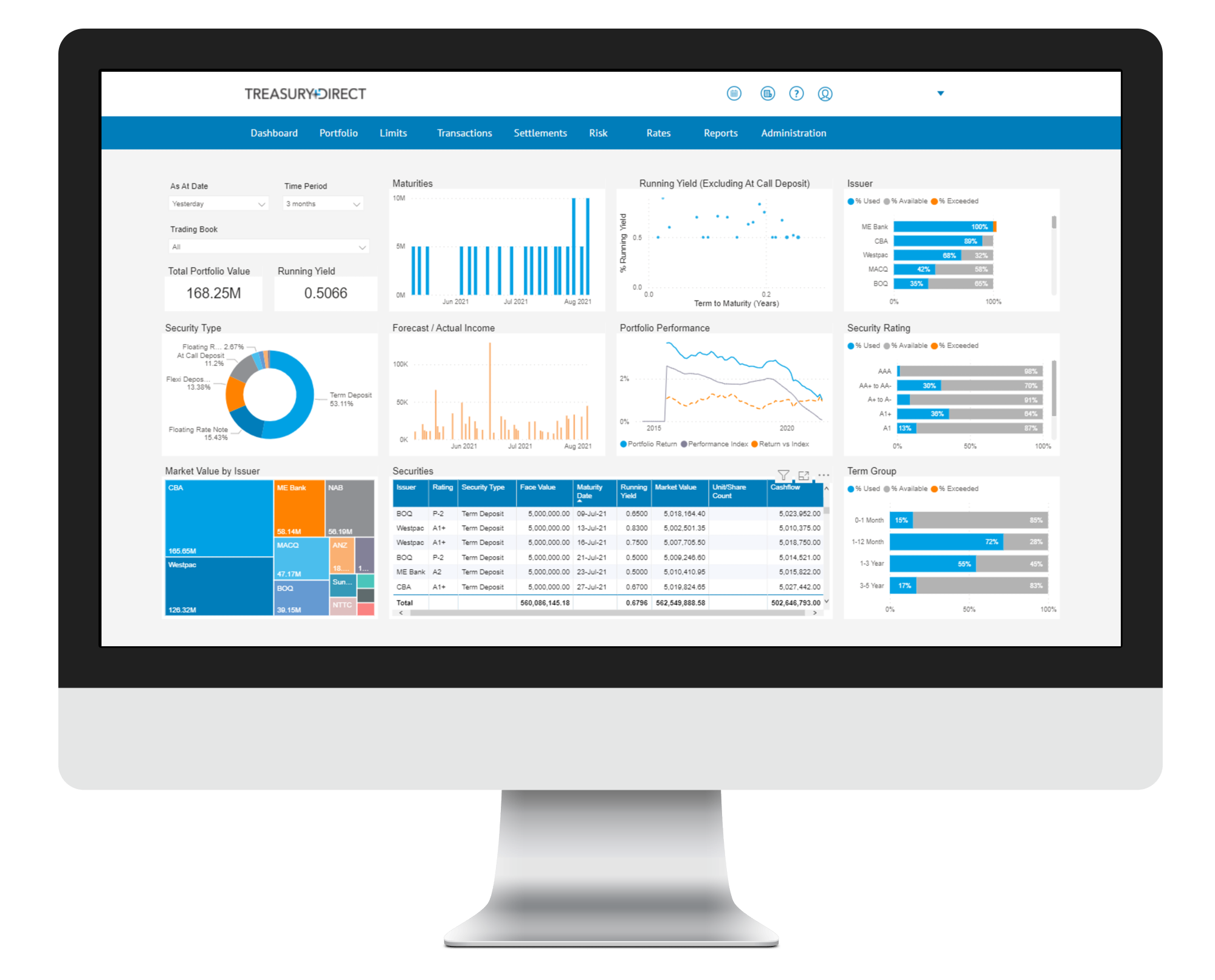Markets Overview
- ASX SPI 200 futures up 1.5% to 8,322.00
- Dow Average up 1.8% to 43,297.05
- Aussie up 0.5% to 0.6229 per US$
- US 10-year yield fell 14.3bps to 4.6490%
- Australia 3-year bond yield fell 0.3 bps to 4.05%
- Australia 10-year bond yield rose 1 bp to 4.62%
- Gold spot up 0.6% to $2,694.55
- Brent futures up 3.1% to $82.38/bbl
Economic Events
- 10:30: (AU) Australia to Sell A$1 Billion 189-Day Bills
- 10:30: (AU) Australia to Sell A$1 Billion 126-Day Bills
- 10:30: (AU) Australia to Sell A$1 Billion 84-Day Bills
- 11:00: (AU) Jan. Consumer Inflation Expectation, prior 4.2%
- 11:30: (AU) Dec. Part Time Employment Change, prior -17,000
- 11:30: (AU) Dec. Full Time Employment Change, prior 52,600
- 11:30: (AU) Dec. Participation Rate, est. 67.0%, prior 67.0%
- 11:30: (AU) Dec. Employment Change, est. 15,000, prior 35,600
- 11:30: (AU) Dec. Unemployment Rate, est. 4.0%, prior 3.9%
Wall Street breathed a sigh of relief after a surprise slowdown in inflation spurred a stock rally and a plunge in bond yields, reinforcing bets the Federal Reserve is on track to keep cutting rates this year.
Equities erased their losses for 2025, with the S&P 500 up about 2% in its biggest gain since the aftermath of the US election. A surge in Treasuries pushed 10-year yields down by almost 15 basis points — easing fears that a 5% rate would be on the horizon. Commodities roared, with oil topping $80 a barrel. The concerted cross-asset advance was the best for a consumer price index day since at least late 2023, according to data compiled by Bloomberg.
The US CPI rose in December by less than forecast, reinvigorating bets the Fed will slash rates sooner than previously thought. Swap traders are back to fully pricing in a rate cut by July. That was a quick shift after Friday’s jobs data spurred bets officials would only be able to resume policy easing in September or October. Not to mention the wagers on hikes.
“Extreme sentiment led to a powerful post-CPI move,” said Steve Sosnick at Interactive Brokers. “The proximate cause of today’s rallies in stocks and bonds was a better-than-expected month-over-month core CPI reading, but the magnitude of the rallies reflected the jittery sentiment that had pervaded markets.”
To Tina Adatia at Goldman Sachs Asset Management, while the latest CPI release is likely insufficient to put a January rate cut back on the table, it strengthens the case that the Fed’s cutting cycle has not yet run its course.
“The market will be encouraged by the decrease in core inflation, which should alleviate some of the pressure on stock and bond markets, both of which have had a poor start to the year on inflation fears and concerns the Fed would not only stop cutting interest rates, but could even reverse course and begin raising them,” said Chris Zaccarelli at Northlight Asset Management.
The S&P 500 rose 1.8%. The Nasdaq 100 climbed 2.3%. The Dow Jones Industrial Average added 1.7%. A Bloomberg gauge of the “Magnificent Seven” megacaps rallied 3.7%. The Russell 2000 advanced 2%. The KBW Bank Index surged 4.1% as Citigroup Inc., Goldman Sachs Group Inc., Wells Fargo & Co. and JPMorgan Chase & Co. kicked off the earnings season.
As risk takers resurfaced, the market’s “fear gauge” — the VIX — collapsed the most this year. A Goldman Sachs basket of money-losing tech companies jumped 3.2%, while a group of most-shorted shares added 3.8%. Bitcoin hovered near $100,000.
The yield on 10-year Treasuries declined 14 basis points to 4.65%. The Bloomberg Dollar Spot Index fell 0.2%. Oil remained higher even after news that Israel and Hamas agreed to a ceasefire deal, bringing at least a temporary halt to the war in Gaza.
The so-called core consumer price index — which excludes food and energy costs — increased 0.2% in December. That marked the first stepdown in the rate in six months. From a year ago, it rose 3.2%. That’s still above the Fed’s 2% target.
“We still think that it will be easy for the Federal Reserve to remain on hold for now and wait for more data and fiscal policy clarity,” said Allison Boxer at Pacific Investment Management Co. “We expect this to be the message Chair Jerome Powell aims to communicate at the January meeting.”
After months of elevated prints, the easing in the CPI helps restart the conversation that inflation progress has resumed — but officials will need to see a series of subdued readings to be convinced. Lingering price pressures have contributed to a deep selloff in global bond markets and fueled concerns that the Fed eased policy too quickly at the end of last year.
Fed Bank of New York President John Williams voiced confidence that inflation would continue to recede, without offering any hints on the timing of additional cuts. His Richmond counterpart Tom Barkin said fresh data show continued progress on lowering inflation, but that rates should remain restrictive. Austan Goolsbee, president of the Chicago Fed, pointed to the data as supporting his outlook for easing price pressures.
“For the Fed, this is certainly not enough to prompt a January cut,” said Seema Shah, chief global strategist at Principal Asset Management. “But, if today’s print were accompanied by another soft CPI print next month plus a weakening in payrolls, then a March rate cut may even be back on the table.”

